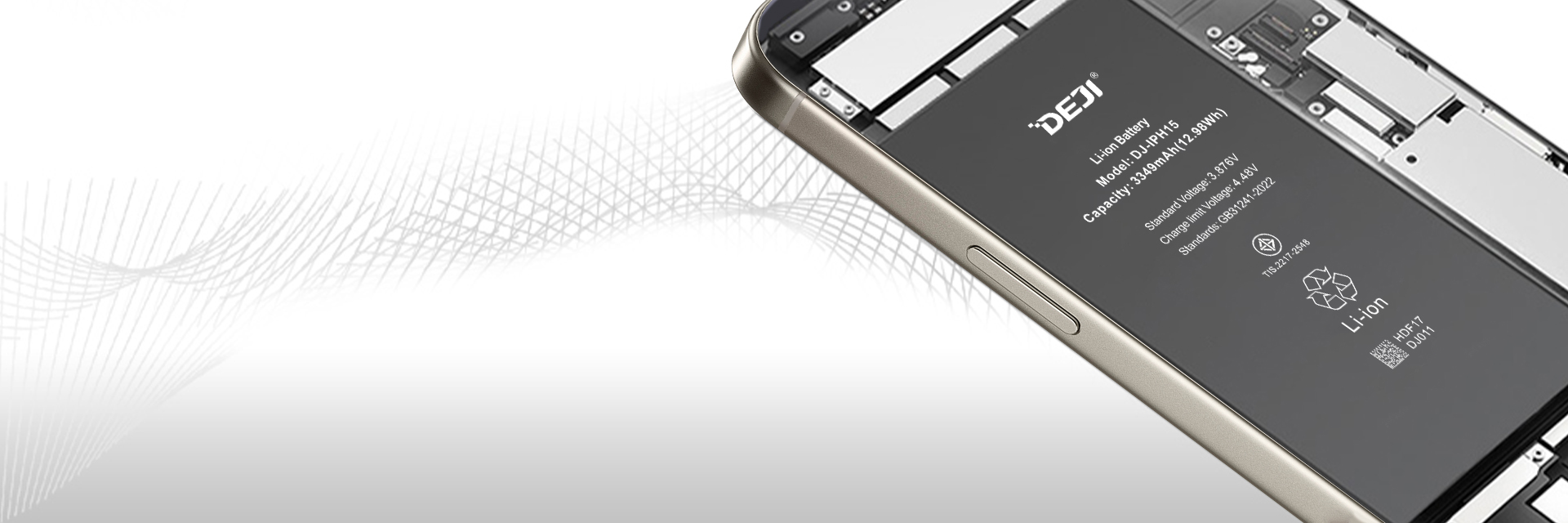Why is there a theory of "playing and being harmful"?
Before 2000, most mobile phones used nickel-cadmium batteries and nickel-metal hydride batteries to power mobile phones. The typical characteristics of these two types of batteries are small power, large physical volume, and strong memory effect. In order not to let the memory effect of the battery affect the service life, when the mobile phone is sold, the sales staff often remind customers to use up the battery as much as possible before recharging, otherwise the battery capacity may drop rapidly and affect the service life. Over time, when this inertial thinking became an established impression in the brain, it was said that you cannot play with the phone while charging, otherwise the battery will be damaged.
This statement was correct at the time, but with the passage of time, the rapid development of lithium battery technology is no longer applicable. After entering the millennium, lithium batteries formally stepped onto the stage of the mobile phone industry, and quickly replaced nickel-cadmium batteries and nickel-hydrogen batteries as the protagonist. It is recognized by mobile phone manufacturers and consumers for its long service life, safety and stability, and lack of memory effect. The "memory effect" of lithium batteries is extremely weak, and the discharge capacity reaches 100% as a life cycle. Therefore, people do not have to wait until the batteries are used up to recharge as in the past. They can be charged at any time and achieve true charging freedom. This makes it self-defeating that the phone will damage the battery while playing.

The culprit that damages the battery
So who is the killer that damages battery power?
In the past, 5V 1A and 5V 0.5A were standard for mobile phone charging. As the screens of smart phones become larger and the energy consumption of smart hardware such as CPUs increases, people's demand for strong battery life and "fast" charging speeds has become higher and higher. After 2013, fast charging technology has sprung up and developed rapidly, and the potential for technology has been completely released in recent years.
Nowadays, the two technologies of high voltage and small current and low voltage and high current have become the mainstream. The charging principle of the high-voltage low-current method is to increase the charging voltage, then step down the high-voltage current inside the mobile phone, and convert it into the mobile phone battery to achieve the purpose of fast charging. High-voltage fast charging, fast charging speed and less time-consuming. However, because the voltage conversion is carried out inside the mobile phone and there is a certain energy loss, it will cause the mobile phone to heat up during charging. If the thermal conductivity of the mobile phone is not effective at this time, and large games are running while charging, the battery power of the mobile phone will suffer Damage, causing explosions and other accidents.

The reason for this is that the lithium ions in the lithium battery will become abnormally active in a high temperature environment, resulting in a decrease in battery capacity. Because the internal structure of the battery is very fragile, the internal diaphragm and electrolyte are all organic materials, and the melting point is relatively low. Excessive temperature may even cause the internal diaphragm to melt, causing the battery to short-circuit, and even burn or explode in severe cases. Therefore, it is best to avoid running large games when you find that your phone is hot during fast charging.
The low-voltage and high-current method achieves fast charging and flash charging by increasing the charging current and allowing more current to flow into the battery in the same time. Low-voltage high-current fast charging often requires a special step-down charging head and shunt charging cable. Its advantages are lower heat generation and lower energy consumption when charging, and it is safer and more protective for users; the disadvantage is that it requires higher matching between the charging head and the charging cable, so it is best to charge Use the original charging head to ensure the best charging efficiency.
In this way, the two main culprits that damage the battery power are high temperature and wrong charging methods. Even if charging while playing does not harm the health of the battery under the current mature fast charging technology, it is still necessary to pay attention to the correctness of the charging method. For example, try not to mix and match chargers.
 sales@batterydeji.com
sales@batterydeji.com




